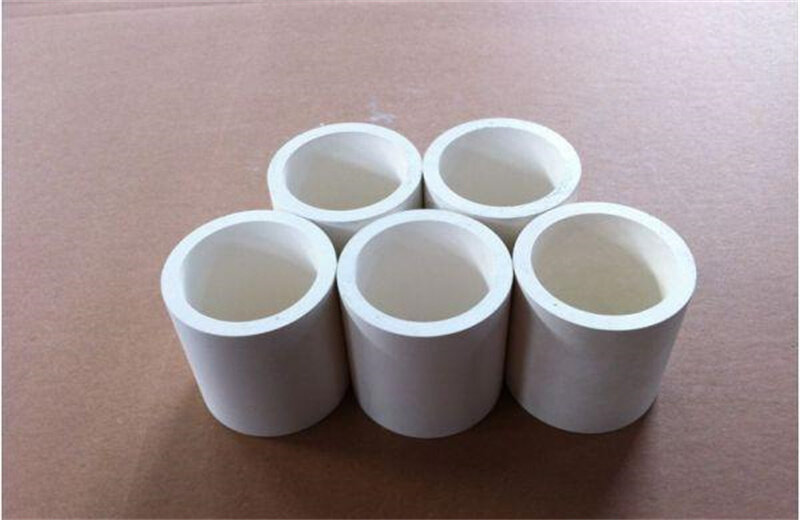Which usage methods can increase the life of boron nitride crucible by 30%?
Introduction
Cersol boron nitride (BN) crucibles are ideal for high-temperature melting, crystal growth, material sintering and other fields due to their ultra-high temperature resistance, excellent thermal shock resistance and chemical stability. This guide details its operating specifications, precautions and material compatibility to ensure safe and efficient use by users.
1. Core operating conditions
Operating Temperature:
Vacuum environment: Maximum operating temperature 1800°C.
Inert atmosphere (nitrogen/argon): Maximum operating temperature 2000°C (nitrogen or argon protection is recommended for the longest life).
Air environment: ≤900°C (surface oxidation will occur above this temperature).
Thermal shock resistance (extreme test conditions):
After 20 minutes of heat preservation at 1000°C, the product is cooled by air and repeated for more than 100 times without cracking.
Cooled to room temperature at 1500°C (within 10 minutes) and repeated for 100 times without cracking.
2. Precautions for use
Storage and cleaning:
Storage: When not in use, it must be sealed and stored to avoid exposure to humid environments.
Cleaning: Do not wash with water! Use dry sandpaper to gently wipe off surface stains.
Alternative material advantages:
It can replace tungsten, molybdenum metal, alumina, and graphite crucibles, but pay attention to the following taboo materials:
Applicable Materials
|
Unavailable Materials
|
Metals such as iron, copper, stainless steel, bismuth, germanium, aluminum, antimony, tin, cadmium, lead, nickel, zinc, brass, indium, magnesium, etc.
|
Antimony trioxide, chromium heptoxide, molybdenum trioxide, arsenic trioxide, titanium carbide
|
Glass melt, soda glass, cryolite, silicon, etc.
|
High lead glass glaze melts in air at 800-950 degrees and corrodes BN, but has no reaction in nitrogen or inert gas.
|
It does not react with water, acid or alkali at room temperature. It slowly hydrolyzes with water to produce boric acid and ammonia.
|
Boron phosphate corrodes BN in nitrogen at 1400 degrees. Potassium phosphate reacts at 800-900 degrees.
|
Alloys FE-CO-NI-SI and CO-ZR-NB
|
Titanium dioxide material has slight corrosion at high temperature.
|
|
Reacts with hot concentrated or molten alkali and hot chlorine.
|
3. Frequently Asked Questions (Q&A)
Q1: Why can BN crucibles only be used up to 900°C in air?
A: Above 900°C, boron nitride will react with oxygen to cause surface powdering. It is recommended to operate at high temperatures under inert gas or vacuum.
Q2: How to maximize the life of BN crucibles?
A:
Prefer nitrogen or argon protection to avoid oxidation.
Avoid sudden cooling and heating (although it is highly resistant to thermal shock, it is still recommended to increase and decrease the temperature slowly).
Clean promptly after use and store in a sealed dry place.
Q3: Can BN crucibles be used for molten aluminum or copper?
A: Yes! BN crucibles are resistant to corrosion by molten aluminum, copper, and precious metals, but they must be operated in an inert atmosphere to avoid oxidation of metal vapor.
Q4: How to clean stubborn residues?
A: Water washing or chemical solvents are strictly prohibited! Use dry sandpaper to gently polish, or contact Cersol technical support for professional cleaning solutions.
Q5: What are the advantages of BN crucibles compared to graphite crucibles?
A:
· Higher purity (no carbon contamination).
· Stronger thermal shock resistance (graphite is prone to brittle fracture).
· Better resistance to metal melt corrosion.

Product Page
Click here to contact us!
